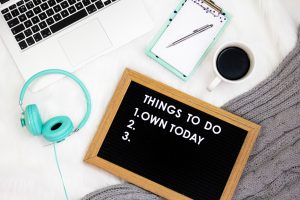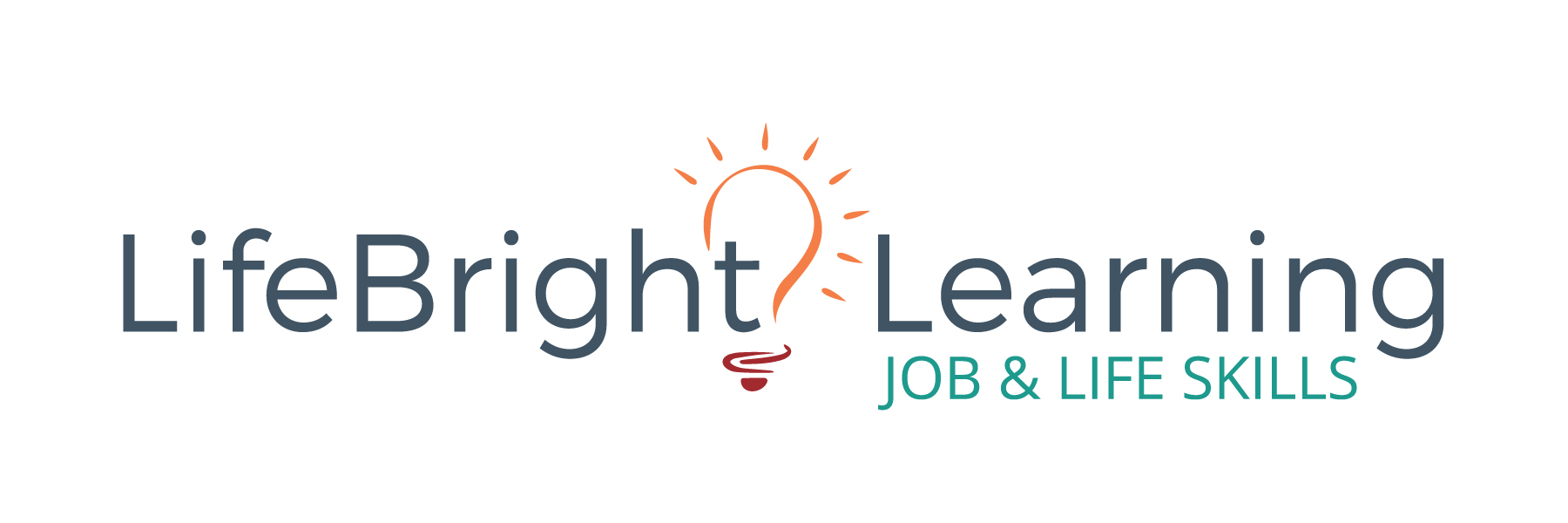Time flies, which isn’t a good thing when there is lots to get done, which seems to be the norm these days. What if I could wave a magic wand and “poof” you had extra hours in your day for life’s more enjoyable activities. Sorry, I can’t do it. Everyone gets 24 hours. However, I can offer you a few suggestions that will make the best use of the time you have.
Try these simple ideas which can lead to higher levels of productivity and keep what is useful. Remember, consistently applying the techniques that work for you will give the most significant results:
1. Use a timer.
Before starting a task, assess how long it should take. Set a timer for that amount of time and get busy.
Using a timer has these benefits:
- A timer provides an obvious stopping point. You don’t need to watch the clock. I use Red Hot Timer for Mac, and when time’s up you know! A loud alarm sounds which have your adrenaline soaring.
- You’re less likely to allow distractions to become an issue. It’s easier to put all those distractions aside until the timer sounds or the task is complete. It’s a mind game. A timer seems to be especially useful for those with attention and focus challenges.
2. Avoid perfection.
Tasks require different levels of quality. You wouldn’t spend 10 minutes trying to get a postage stamp perfectly aligned in the corner of an envelope. As long as it’s somewhere in the top right corner, the letter will get to the proper destination. Makes sense, right?
However, it’s not always easy. Perfection is an area I struggle to reign in. I will rework and rework something all the way back to the way it was in the first place. Being a solopreneur, I miss having staff who remind me “it’s good enough.” Now I rely on an external reinforcer (a timer) to keep me in check.
If you’re giving some tasks too much time and attention. Ask yourself how good it needs to be and refrain from doing significantly more.
3. Make a to-do list and prioritize — nothing new here.
A to-do list forces you to think about what needs to be done. Prioritizing that list works even better.
Remember the Pareto Principle (80/20 Rule) discussed in a previous blog. The three most important tasks are usually more important than all the other items on the list combined. Check off each task as you go, and enjoy tracking your progress.
4. Review your calendar weekly along with your to-do list.
I do this on Sunday, so I am mentally prepared for Monday morning and the week ahead.
Remember, you aren’t held to it, and can always adjust your schedule as necessary. Schedule in both work and personal priorities because If you don’t include your own activities, they will likely get set aside “for another time” or fall off the list altogether.
Also, before you end each day, take a look at the upcoming day. Your mind will be free to tackle the first task immediately the next morning.
5. Embrace old technology.
At the start of 2019, I came back to using a daytimer where I can physically write in my meetings and tasks. I seem to be able to think through my priorities, schedule the appropriate time and then follow-through. I also remember my weekly schedule better after doing this activity instead of relying on my calendar app.
Secondly, if you’re like me and painfully slow using calendar apps, using a pen and paper is faster. Finally, it’s easier to keep everything where you can easily see it.
“Yesterday I was clever, so I wanted to change the world. Today I am wise, so I am changing myself.” Rumi
6. Close your e-mail and other distracting apps.
Making a quick check of your email or Facebook account can quickly turn into 20 minutes or more of lost time. It is more effective to schedule short, timed breaks to address these common distractions.
7. Limit yourself to one task at a time.
Research shows that it’s much more effective to focus on one task at a time. I remember saying, with pride, how I could multi-task. Now, I know bouncing back and forth between jobs isn’t efficient and has personally impacted my ability to focus generally.
So, complete one task before moving on to the next. You’ll get more accomplished while staying focused.
If you effectively use your time to enhance your performance at work, you could also increase your leisure time. Simple ideas can have significant results. Experiment with different options until you find the strategies that are most effective for you.

Karin Naslund
CEO, Educator & Mentor, Naslund Consulting Group Inc.
Karin Naslund is the CEO of Life Bright Learning and Naslund Consulting. She is a trainer, mediator, and coach. Karin has been working with new leaders for 30-years and enjoys watching them grow in confidence as they apply new skills on the job and at home.
Exciting News! Shortly we will be replacing this website with a new one, including a new website address and business name. Lifebright Learning will focus on training for new and upcoming leaders providing teaching, tips, and tools to build your confidence and skill. Courses, resources, and coaching will be offered online. Products will be able to be purchased that compliment the work we do. Stay tuned for more. Here are our new name and logo!


